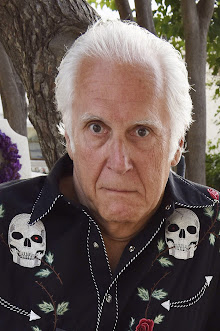My friend was clearing out his father in law’s house. The old man had lived to be over 90 years old, and had always been very active, keeping good health. And maybe a few secrets.
The sort of thing that writers breathe as easily as they do air.
‘He had a kukri,’ my friend told me.
I looked suitably bamboozled, and there began the story of the kukri, and the Gurkhas. And a grandfather. Actually, a great grandfather once we counted the generations.
The Gurkhas are very famous obviously, fine fighting men from Nepal, legendary for their formidable combat skills, their courage and their loyalty. There is a long association with the British Army, (back to 1815 Google tells me) when the two sides, Gurkhas and the British Army fought each other in the Anglo-Nepalese War.
The latter were so impressed by the formers
fighting skills the Gurkas began to
be recruited into the British Army. Official recognition of their services to Britain begin
in 1815.
My friend, ex paratrooper, says that the squaddies always say that the British Army was absorbed into the Gurkhas technically, not vice versa. Said with great respect I might add.
While GB was very happy to have Gurkhas fight and die
for their 'adopted' country, the British government took a very long time to allow them to
live in this country after active service. Joanna Lumley was the celebrity
face of the campaign fighting for the rights of Gurkhas who served in the British
army before 1997 to have equitable pensions, residency and compensation rights to servicemen from the other Commonwealth countries.
Ad that’s important as the Gurkhas have fought
in both World Wars, Falklands Conflict, and then in Iraq and Afghanistan.
Always carrying their curved knife.
The kukri’s size is from 16–18 inches in
length, its curve enhances its deady power. Their is something special about the
notch near the handle, maybe not seen
on ceremonial weapons, but always found in a combat weapon, so my friend
believes.
Google tells me that the notch is a Hindu fertility symbol; the hoofprint of a cow. Such a notch forbids the killing of any sacred animal with the blade.
But not other people.
And here we see the notch.
In peace time the kukri is a multipurpose tool. It can clear brush, cut crops, it's used in wood work, and cooking. We didn't try it to cut celery as it would have seemed disrespectful.
And might have damaged the table.
In Nepalese culture, the knife is a emblem
of bravery and honour. It’s often passed through generations.
So the family of the my friend’s wife are not military. We are expecting a story to unfold once the dust settles.
Why does he have the knife? It’s a fighting
weapon not a ceremonial one.
And that leads to many questions.
But as we are both writers, the coffee and cake arrived
at this point and we started talking about books. As the house is
cleared, more may come to light re the knife and the man, so watch this space.





















From AA: A friend of mine recently told me that about a father-in-law who kept a diary of a love affair that lasted decades and was completely unknown to his wife and children. Clearing away the left possessions can be revealing. Standing by.
ReplyDeleteI think I'm writing a few endings in my head !!
ReplyDelete